They say, it’s all in the genes.
May be it’s the truest explanation for my passion about photography. My grandpa was an artist, and a photographer. I have seen his works, but not him in flesh and blood. When I was very small, he passed away. Leaving his works behind, for us to see, and be amazed.
Never did I imagined, I would be a photographer, when I was a child, or even till I was an adult. I did not have a camera of my own till I was 18. One of my cousins gifted a Canon point-and-shoot at that age. The moment I gripped the machine and looked through its view-finder, I was sure this is the right present for me. I went to a tour of Rajasthan with that cam, like every other family goes on holidays.
The moment I gripped the machine and looked through its view-finder, I was sure this is the right present for me. I went to a tour of Rajasthan with that cam, like every other family goes on holidays.
I clicked away happily, with the first camera of my life, and many rolls of film. I captured every thing I liked. Every house, every tree every local with their strange attire fascinated me. I shot the traditional ones, with me and my family as the main subject and the environment as a minuscule background. And I shot some frames which I liked the way it should be. I shot almost 150 shots, in the entire trip. It would have been much more, if my dad had not stopped me for from “overclicking” many a times. Actually he was not sure how the shot will come out after we developed them. (Speaking of that, even I was not very sure about the results! ;)
After we returned, the rolls were developed, printed. And to the amazement of my dad, and me, the pics proved to be great! And what more, the whimsical shots of mine were generally better than the traditional ones.
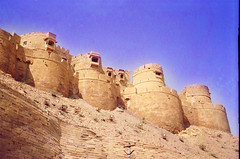 But how?
But how?
I did not have any idea about composition; neither did I have any professional training in photography. The only thing was, I think, my genes, which I carry from my granddad and my love for photography. These two things made sure I was clicking right and the compositions were just fine.
After that, many suggested I should have some formal training in photography. But I did not. Instead, I got myself an SLR, and searched the internet. I found some resources which gave me enough knowledge and right momentum to be a professional photographer, not to mention , along with a great deal of practice.
Today, when I decide to start a blog, I want it to be about photography. Where I can share my knowledge, which I have gathered from the net, with the young budding photographers. And also the much better and experienced lensmen, will help me to enhance my knowledge, by posting comments, if they come across my blog.
Isn’t it the nicest thing about this internet thing, that we can come together and discuss issues which we could never do without meeting each other?
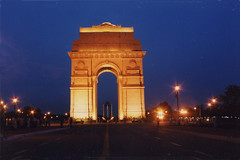
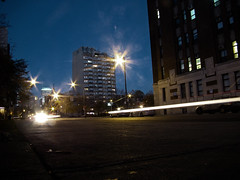 with f/11 aperture. At this long an exposure, you can never hold the camera in your hand, you'll get shaky pictures. So, tripod is a must.
with f/11 aperture. At this long an exposure, you can never hold the camera in your hand, you'll get shaky pictures. So, tripod is a must. 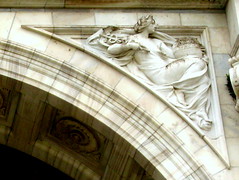

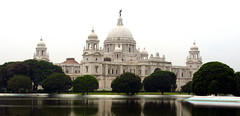







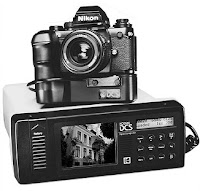


 The moment I gripped the machine and looked through its view-finder, I was sure this is the right present for me. I went to a tour of Rajasthan with that cam, like every other family goes on holidays.
The moment I gripped the machine and looked through its view-finder, I was sure this is the right present for me. I went to a tour of Rajasthan with that cam, like every other family goes on holidays. 